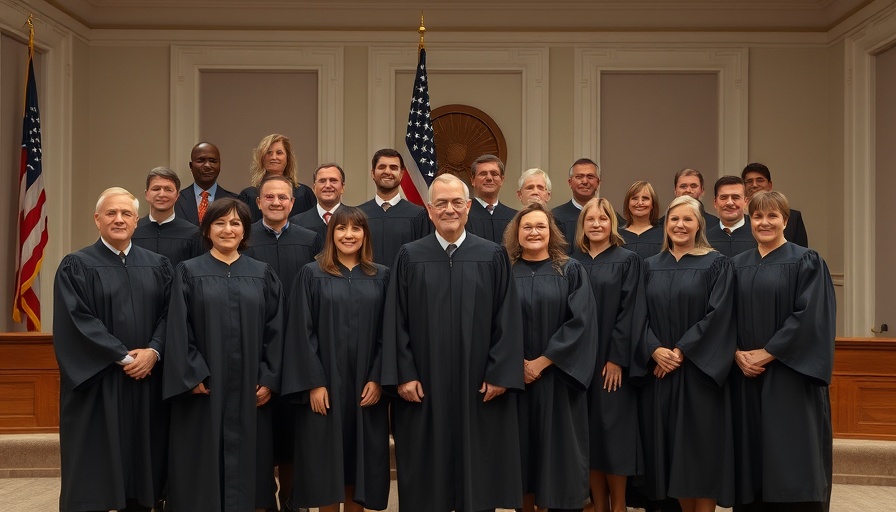
The Growing Deer Dilemma in Michigan's Suburbs
Michigan is witnessing a burgeoning deer population that is beginning to create real challenges in suburban areas. As local communities such as Farmington Hills explore creative solutions—including the potential for sharpshooting and archery hunts—the question arises: Is it time to resort to these controversial measures for population control?
Understanding the Impact: Vehicle Collisions and Safety Concerns
With approximately 2 million deer in the state, many residents experience the ramifications first-hand. The ongoing trend of vehicle-deer accidents has alarmingly escalated, particularly in Oakland and Kent counties. One resident, Omar Haq, recounts the moment a deer collided with his car and left him with a hefty repair bill. Such incidents are not isolated; they echo countless stories from drivers throughout the state during this peak deer collision season.
Deer overpopulation: Urban vs. Rural Challenges
In southern Michigan, deer find themselves without natural predators and hunting grounds, making their numbers swell. Suburban areas are becoming their feeding grounds, leading to intricate challenges for residents and local governments. The alarming absence of predators coupled with reduced hunting activity has resulted in an ecosystem imbalance that many local leaders now deem unsustainable.
Public Opinion: Voices from the Community
While some community members voice support for culling the deer population, others raise ethical concerns about such measures. Discussions surrounding wildlife management are intensifying. Local leaders realize a coordinated approach among municipalities could yield the most effective solutions, yet there is still hesitation regarding public readiness for hunting as a method.
Looking Ahead: Potential Regulations and Solutions
As Farmington Hills prepares for a city council vote on potential hunting proposals, residents are left contemplating the implications. The eventual outcomes won’t only affect deer populations but could dramatically change the way suburban landscapes are shared. There are also fears that allowing hunts might alter community dynamics, transforming familiar park spaces into hunting zones.
The Role of Public Education in Wildlife Management
Education is critical in forming an informed public opinion on wildlife management. Citizens must understand the ecological context that leads to deer overpopulation and the potential benefits and drawbacks of population control methods. By fostering open discussions regarding their safety and wildlife’s role in urban environments, communities can create cooperative strategies that balance human needs with ecological health.
Some Alternatives to Culling
Beyond hunting, there are alternate strategies to consider. Community-led initiatives might involve installing deer-resistant plants, improved fencing, and educational campaigns to promote safe driving during peak deer movement seasons. Each method, while not a complete solution, contributes to a progressive approach in managing deer populations without resorting solely to lethal measures.
Call to Action: Join the Conversation
The situation surrounding Michigan's growing deer population invites all stakeholders—residents, local leaders, and wildlife management experts—to join in constructive dialogue. Whether you support action against overpopulation, favor alternatives, or simply wish to express your concerns, your voice matters. Engage with your community, share your insights, and contribute to shaping a balanced approach that protects both residents and wildlife.
 Add Row
Add Row  Add
Add 




 Add Row
Add Row  Add
Add 

Write A Comment